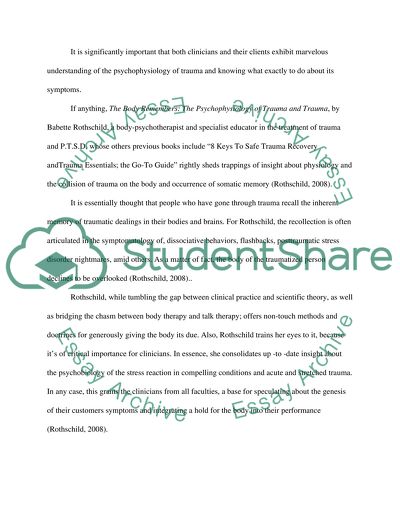Cite this document
(“The Psychophysiology of Trauma and Trauma Treatment Book Report/Review”, n.d.)
Retrieved from https://studentshare.org/health-sciences-medicine/1590080-the-psychophysiology-of-trauma-and-trauma-treatment
Retrieved from https://studentshare.org/health-sciences-medicine/1590080-the-psychophysiology-of-trauma-and-trauma-treatment
(The Psychophysiology of Trauma and Trauma Treatment Book Report/Review)
https://studentshare.org/health-sciences-medicine/1590080-the-psychophysiology-of-trauma-and-trauma-treatment.
https://studentshare.org/health-sciences-medicine/1590080-the-psychophysiology-of-trauma-and-trauma-treatment.
“The Psychophysiology of Trauma and Trauma Treatment Book Report/Review”, n.d. https://studentshare.org/health-sciences-medicine/1590080-the-psychophysiology-of-trauma-and-trauma-treatment.


